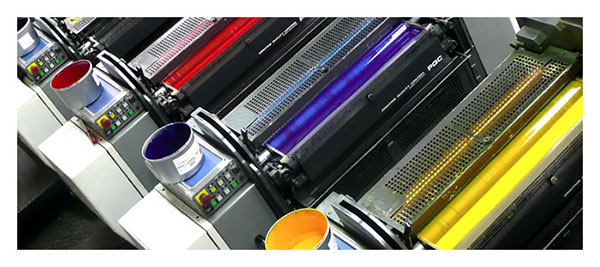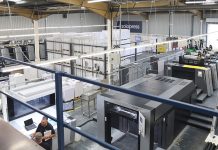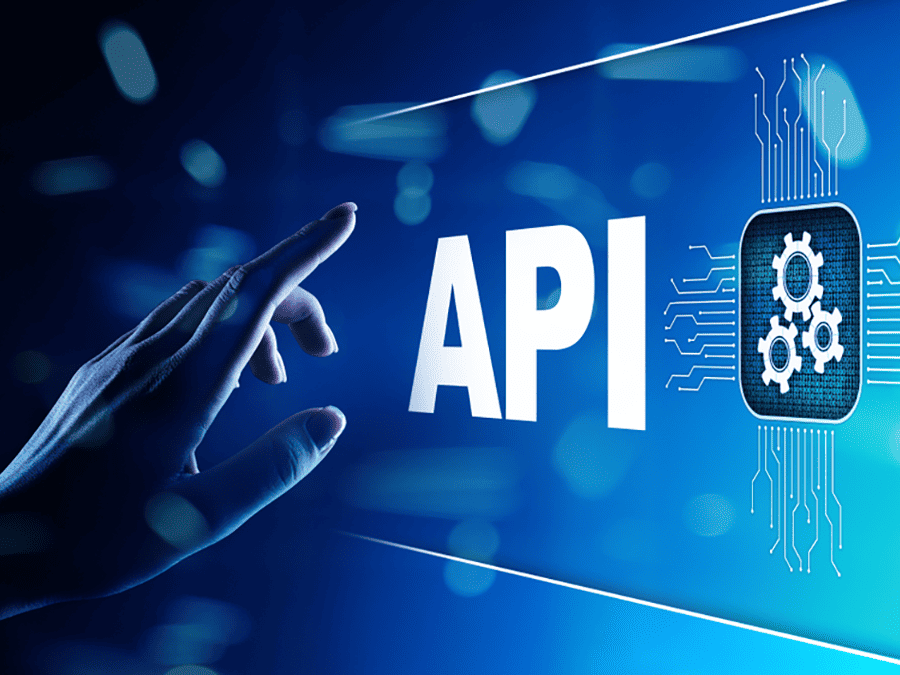As Lithographic & Digital printers we are well aware of the confusion that can occur when talking about printing your brochures, business cards, and leaflets. There are so many choices in paper weights, paper finish and paper colours – there are also different printing processes.
How do you know which out of litho and digital printing is best for you and your business? While there are advantages and disadvantages to both, we have tried to explain the difference between the two most common processes below.
Digital Printing vs. Lithographic Printing

Digital printing is the reproduction of digital images on physical surface, such as paper or photographic paper, cloth, plastic, etc.
Litho printing is a technique where the inked image is transferred from a metal plate to a rubber blanket, Typically, printing plates are attached to a cylinder in the press. Ink is applied to the plate’s image area and transferred directly to the paper.

Digital can be differentiated from litho or offset printing in many ways
Every impression made onto the paper can be different, as opposed to making several hundred or thousand impressions of the same thing from one set of plates, as in traditional methods. The ink or toner does not absorb into the paper, as does conventional Ink, but forms a layer on the surface. It generally requires less waste in terms of chemicals used and paper wasted in set up.
Digital is a excellent solution for quick turnaround, or small print runs! Offset printing is most commonly used for high volume printing as its image quality is much higher and more consistent than that of the digital press.




Lithograph (Litho) printing (otherwise known as Offset printing) operates on the principal that oil and water do not mix. Litho printing can be quite costly as you need to pay for the plates and the setting up of the machine for print.
Great “nutshell” description of the differences . The flexibility of digital printing for short runs has been great for me when I have ordered things for a couple of community organisations but the quality achieved by lithographic print is noticeable when I have order high quantity brochures for work.
Why is digital printing not suitable for longer print runs? Do the nozzles overheat after a while?
It’s just not cost effective, Gareth.
Digital is perfect for short runs because there is no make ready time, and also there are no plates to make. You literally just pay per ‘Click’ for a full colour print sheet. So, if you where to pay say 10 pence per sheet and you want 100 sheets, that’s £10.
On litho presses you need to make ready, so the customer is paying for the machine time while this is happening. You are also paying for the plates, normally this costs £220 for one set of plates and the make ready. So even before you start your bill is far higher. However, the actual running cost on a litho press is, in fact, cheaper. So say you are running 20,000 sheets through the press It works out cheaper.
That it basically the reason. Also, on long runs it takes longer. The machine runs slower than a full speed litho press, but for short runs the digital works out quicker as there is no make ready time.
What digital machines do you have? Can you do 400g and also do you do batch ups?
Ah, thanks for this! I was rather confused as to the different types of printing.